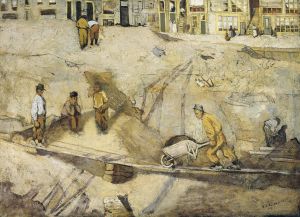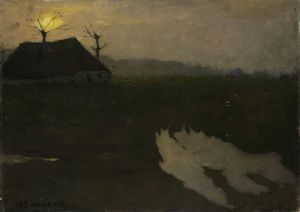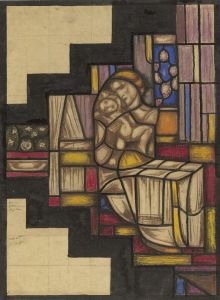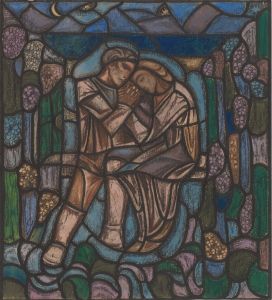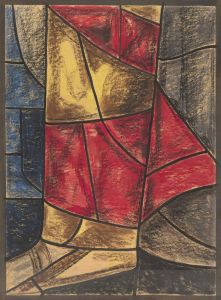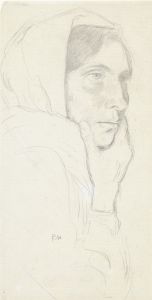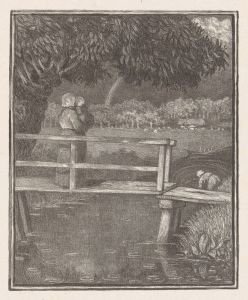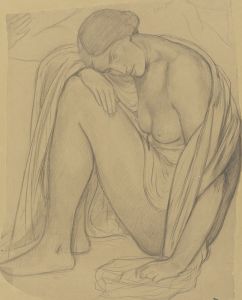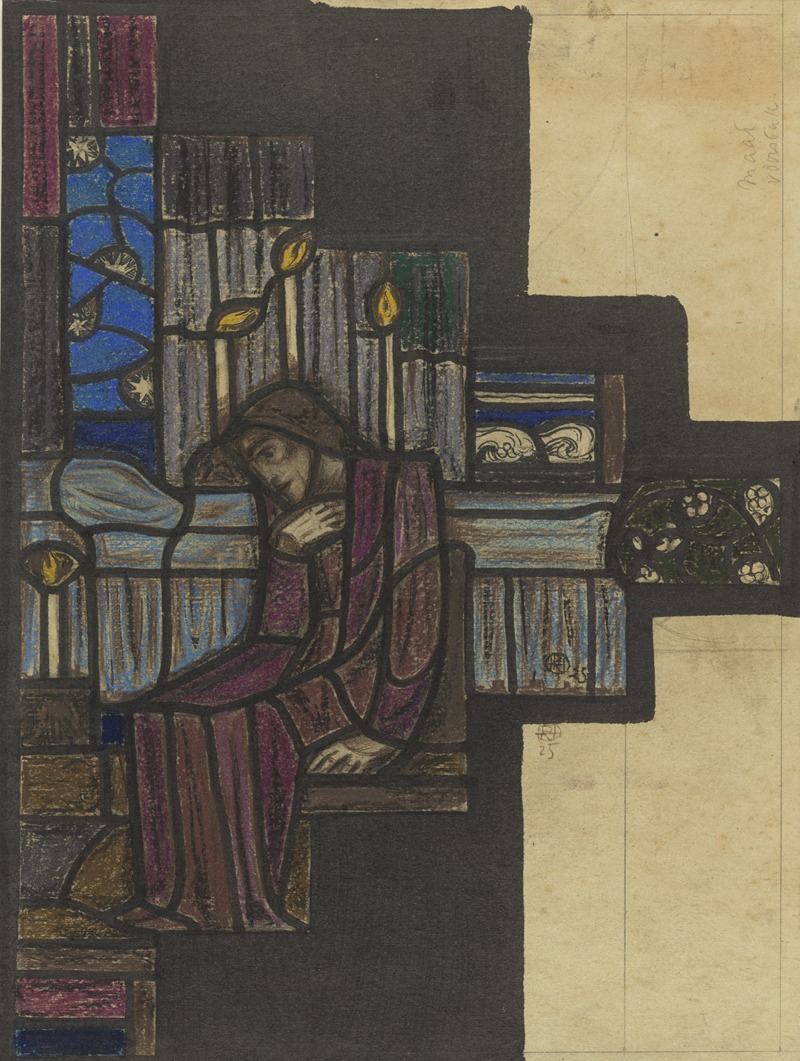
Ontwerp voor raam in het Nederlands Paviljoen op de tentoonstelling Arts Décoratifs te Parijs, 1925
A hand-painted replica of Richard Nicolaüs Roland Holst’s masterpiece Ontwerp voor raam in het Nederlands Paviljoen op de tentoonstelling Arts Décoratifs te Parijs, 1925, meticulously crafted by professional artists to capture the true essence of the original. Each piece is created with museum-quality canvas and rare mineral pigments, carefully painted by experienced artists with delicate brushstrokes and rich, layered colors to perfectly recreate the texture of the original artwork. Unlike machine-printed reproductions, this hand-painted version brings the painting to life, infused with the artist’s emotions and skill in every stroke. Whether for personal collection or home decoration, it instantly elevates the artistic atmosphere of any space.
Richard Nicolaüs Roland Holst was a prominent Dutch artist known for his contributions to the Arts and Crafts movement in the Netherlands. One of his notable works is the "Ontwerp voor raam in het Nederlands Paviljoen op de tentoonstelling Arts Décoratifs te Parijs, 1925," which translates to "Design for a Window in the Dutch Pavilion at the Decorative Arts Exhibition in Paris, 1925." This piece was created as part of the Dutch contribution to the Exposition Internationale des Arts Décoratifs et Industriels Modernes, held in Paris in 1925. This exposition was a significant event that showcased the latest trends in decorative arts and design, and it is famously known for giving the Art Deco movement its name.
Roland Holst's design for the window was part of a broader effort to represent Dutch art and craftsmanship on an international stage. The Dutch Pavilion aimed to highlight the nation's artistic achievements and its unique approach to modern design. Roland Holst, with his background in both fine arts and applied arts, was an ideal choice for this task. His work often reflected a synthesis of artistic disciplines, combining elements of painting, stained glass, and graphic design.
The design for the window likely incorporated Roland Holst's characteristic style, which was influenced by Symbolism and the Arts and Crafts movement. His works often featured strong lines, rich colors, and symbolic imagery, reflecting his interest in conveying deeper meanings through art. Although specific details about the window design are limited, it can be inferred that it was intended to harmonize with the overall aesthetic of the Dutch Pavilion, which emphasized simplicity, functionality, and beauty.
The 1925 Paris Exposition was a pivotal moment for modern design, and the Dutch Pavilion played a crucial role in presenting the Netherlands as a leader in innovative and high-quality design. Roland Holst's contribution would have been part of a larger narrative showcasing the country's ability to blend traditional craftsmanship with modernist principles. This approach was in line with the broader goals of the Arts and Crafts movement, which sought to elevate the status of decorative arts and integrate them with fine arts.
Richard Roland Holst was not only an artist but also an influential teacher and writer, contributing to the discourse on art and society in the Netherlands. His involvement in the 1925 Paris Exposition is a testament to his standing in the art community and his commitment to promoting Dutch art on an international platform. While specific records of the window design's reception at the exposition are scarce, the overall success of the Dutch Pavilion suggests that it was well-received and appreciated for its artistic and cultural significance.
In summary, Richard Nicolaüs Roland Holst's "Design for a Window in the Dutch Pavilion at the Decorative Arts Exhibition in Paris, 1925" represents an important moment in the history of Dutch art and design. It reflects the country's engagement with international art movements and its dedication to showcasing its artistic achievements to a global audience. Roland Holst's work, characterized by its symbolic and aesthetic qualities, contributed to the broader narrative of the Arts and Crafts movement and the development of modern design in the early 20th century.





